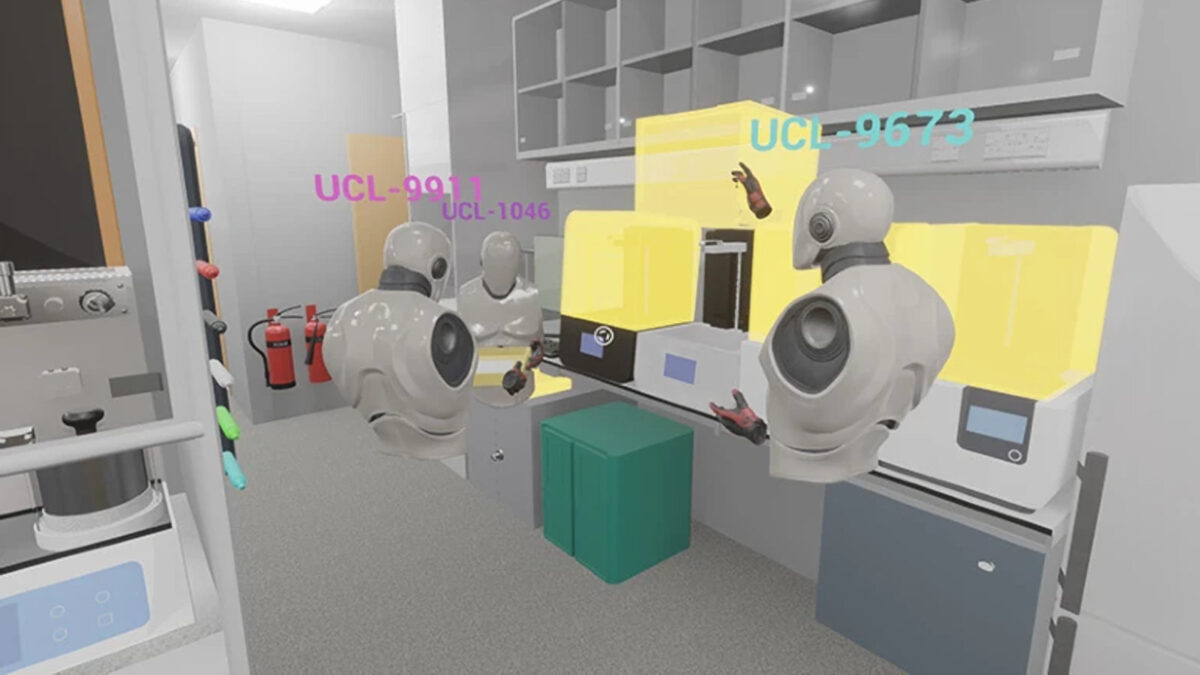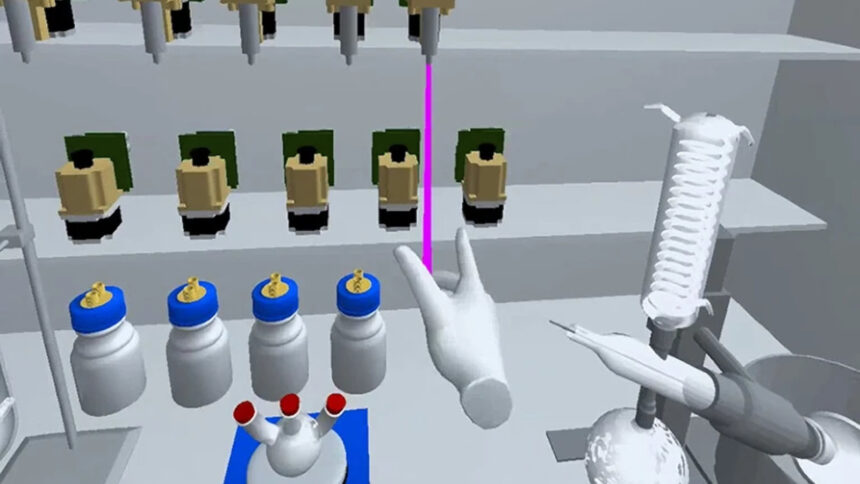Five ways VR helps scientists explore, experiment, and share

Scientists are exploring new ways of sharing, collaborating, and working in VR to connect globally and boost productivity.
Virtual reality removes the limitations of physical space, expanding labs, dissolving boundaries, and changing perspectives. Scientists are stepping beyond the laboratory and lecture hall to achieve more in VR.
VR has unlimited potential
A recent article in the science journal Nature shared insights into how VR is changing what's possible.
- Global collaboration is easy in a virtual laboratory. Travel restrictions shouldn't interfere with science and virtual labs can remove this barrier.
- Medical students can learn from hands-on experience with rare conditions in a VR simulation. Exposure to unusual conditions is critical to a rounded education.
- Productivity is enhanced when VR is combined with robotics, speeding up what would otherwise be laborious programming. Instead, those movements are provided with visual feedback and testing in VR.
- Language barriers and biases disappear since an avatar can have any appearance and use body language, gestures, and translation captions to ease communication.
- Avatars can also alter body perceptions and self-consciousness. For example, memory can be affected by the environment and a lab usually isn't the best place for subjects to recall details.
VR Challenges
The biggest obstacles to exploring science in VR are creating environments and apps. An investment of time and money is needed to build virtual tools and spaces for scientific experiments, study, and collaboration.

Hands-on experience is possible for scientific training in VR. | Image: CroninLab, University of Glasgow
The cost of hardware is minimal. The article pointed out a Meta Quest 2 is sufficient for virtual science, and it can be connected to a computer for VR to PC interaction. The cost is low enough to make multiple VR headsets affordable.
The number of companies and institutions exploring virtual research, training and education is growing rapidly, so it's only a matter of time until VR use becomes a pervasive tool for science.
Note: Links to online stores in articles can be so-called affiliate links. If you buy through this link, MIXED receives a commission from the provider. For you the price does not change.